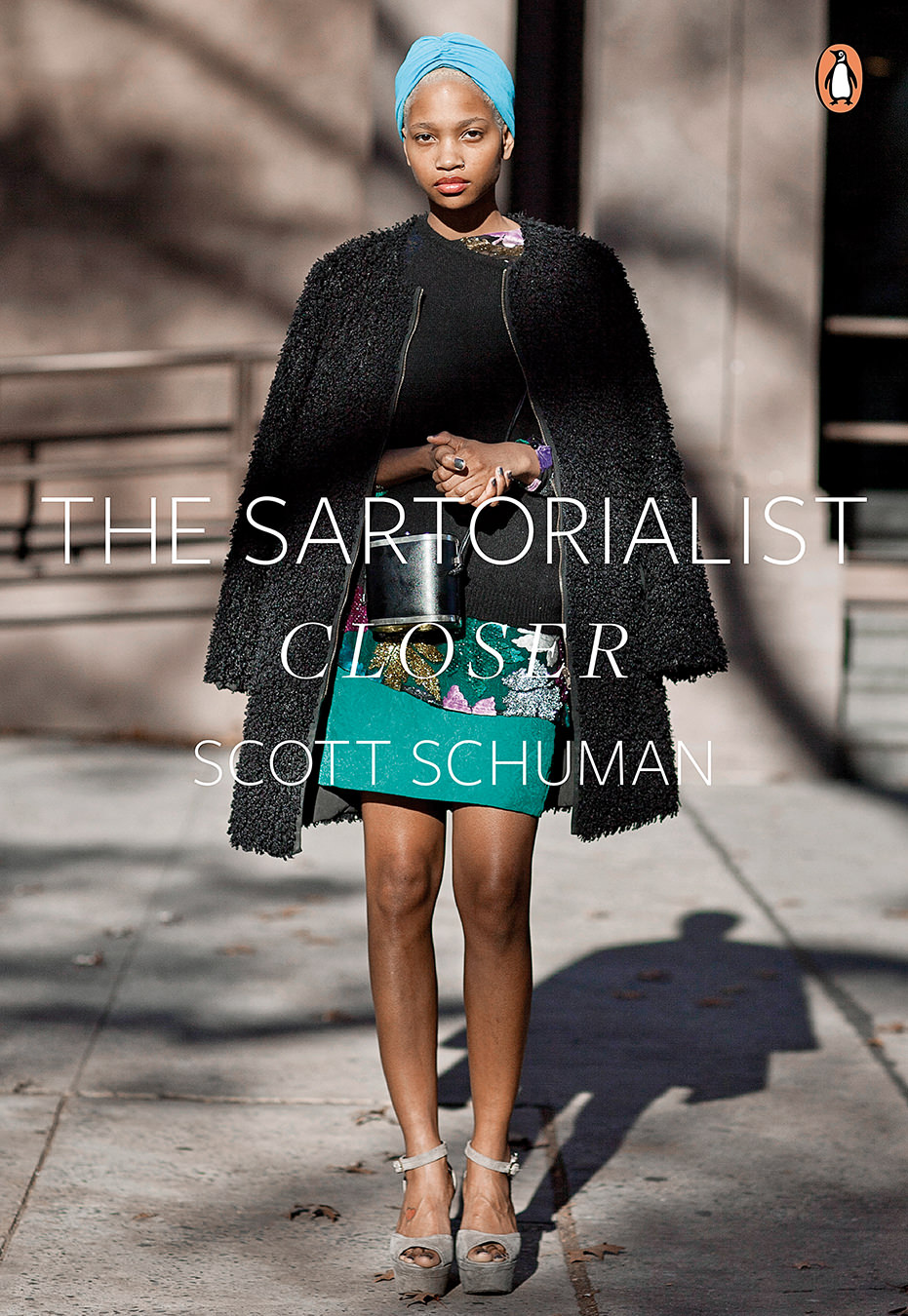-
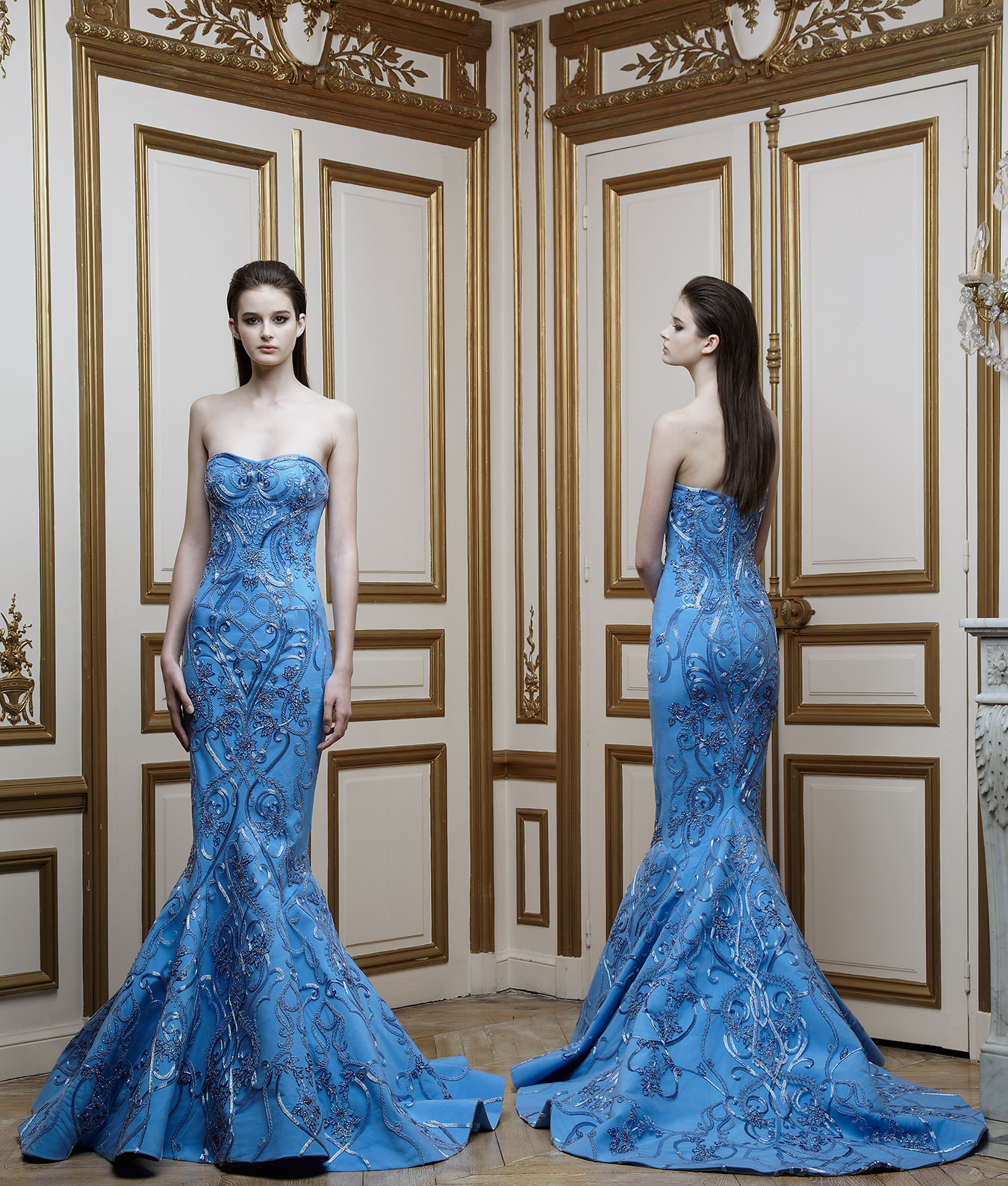
Mikael D resort 2014 collection.
-
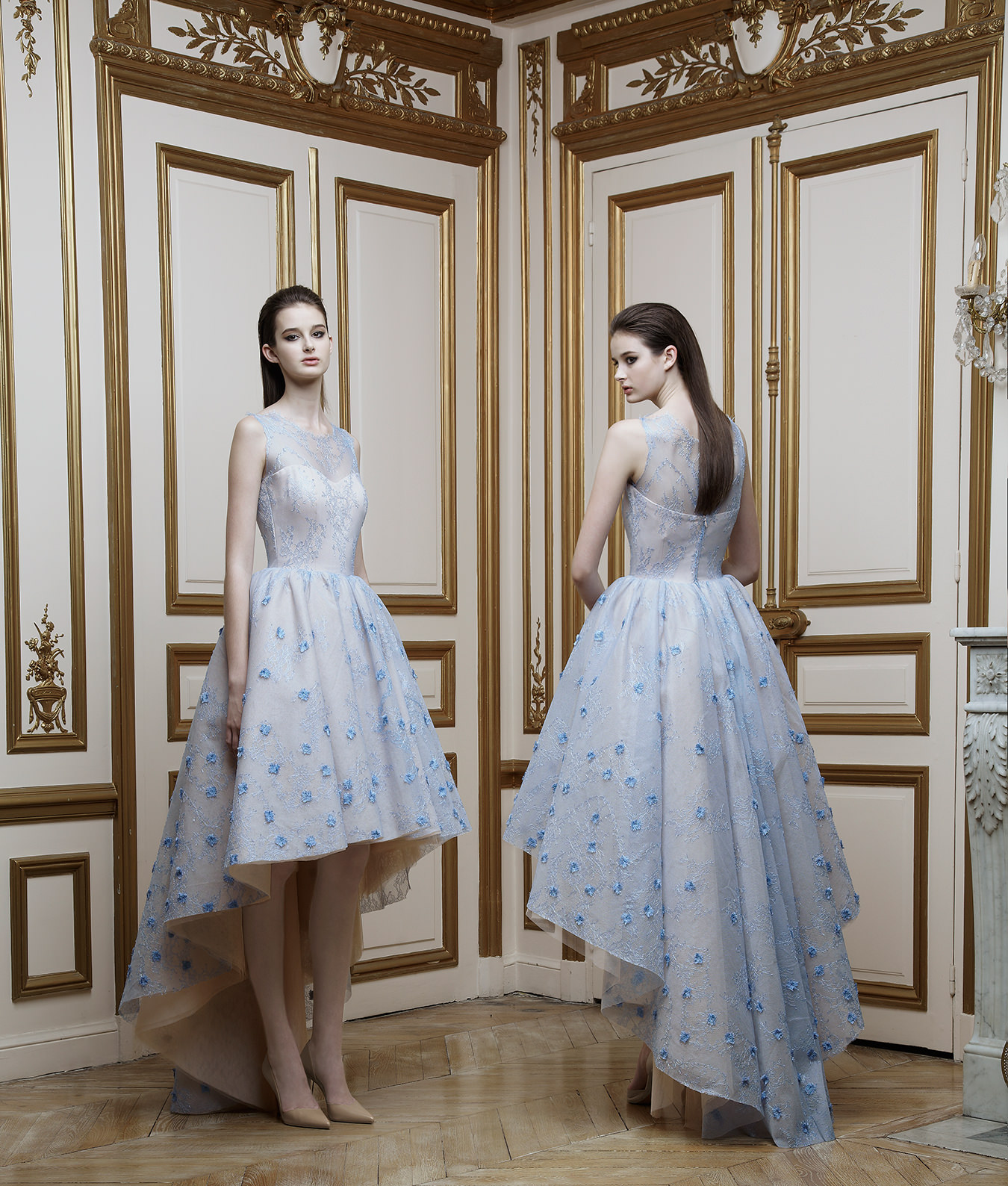
Mikael D resort 2014 collection.
-
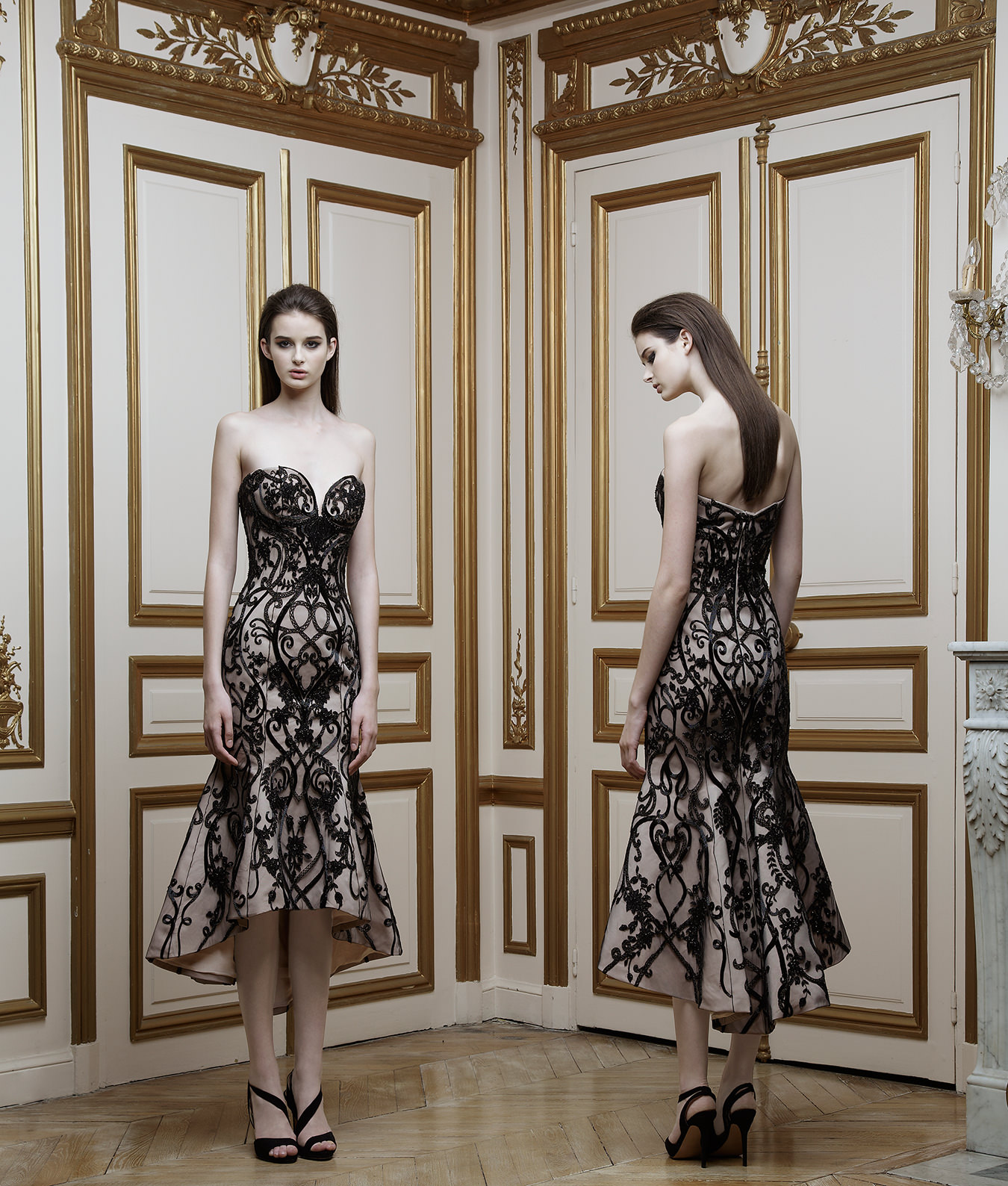
Mikael D resort 2014 collection.
-
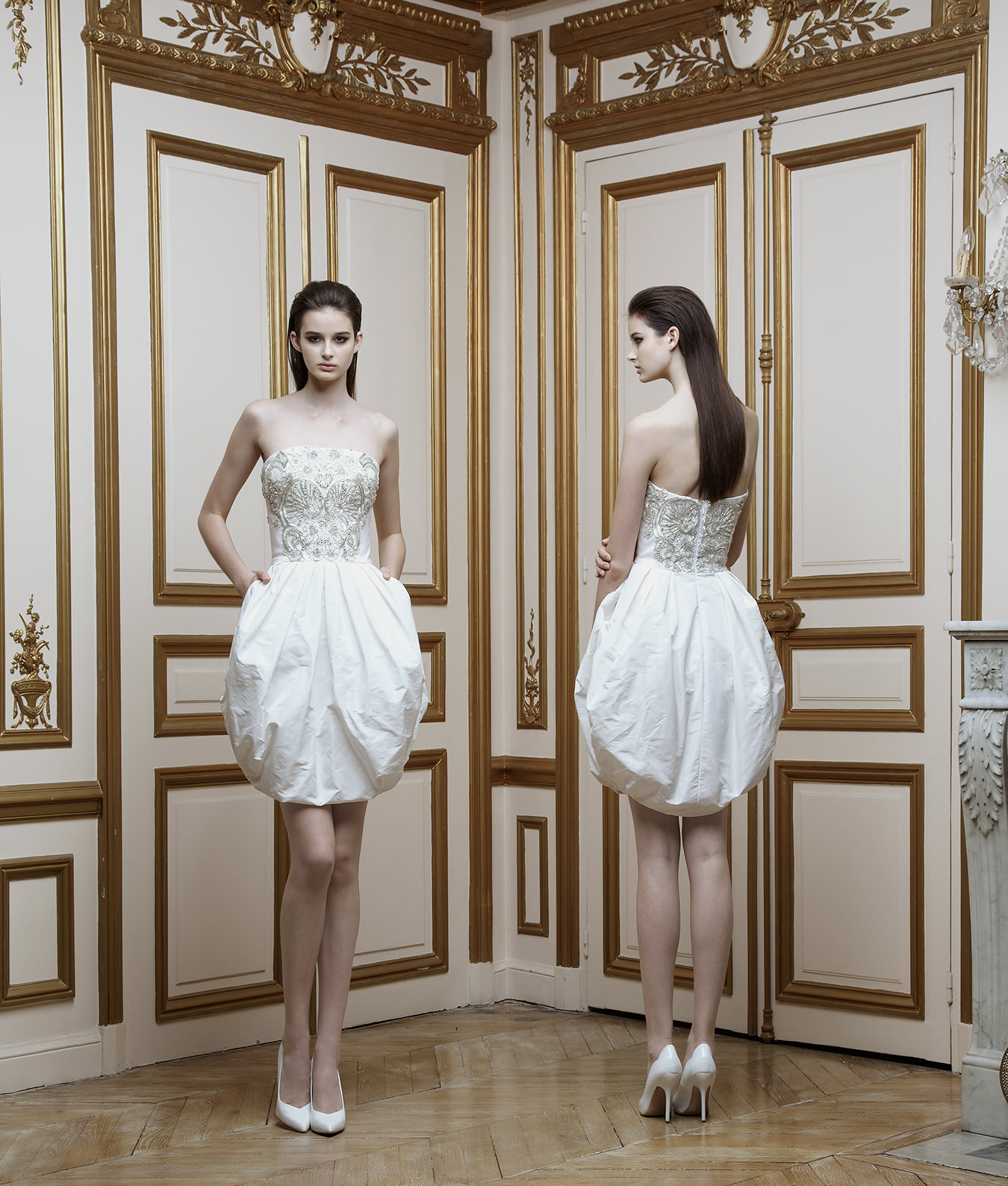
Mikael D resort 2014 collection.
-
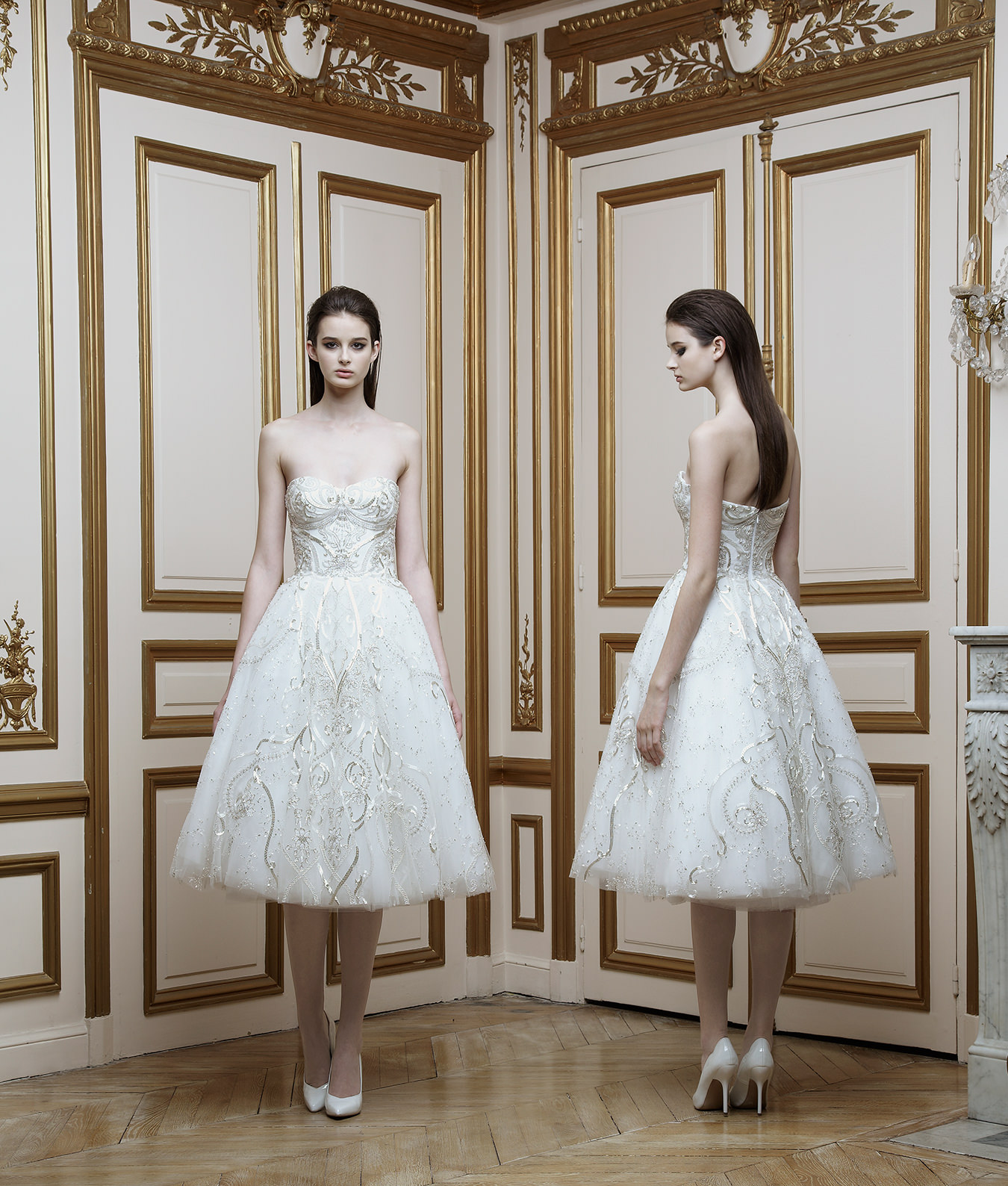
Mikael D resort 2014 collection.
-
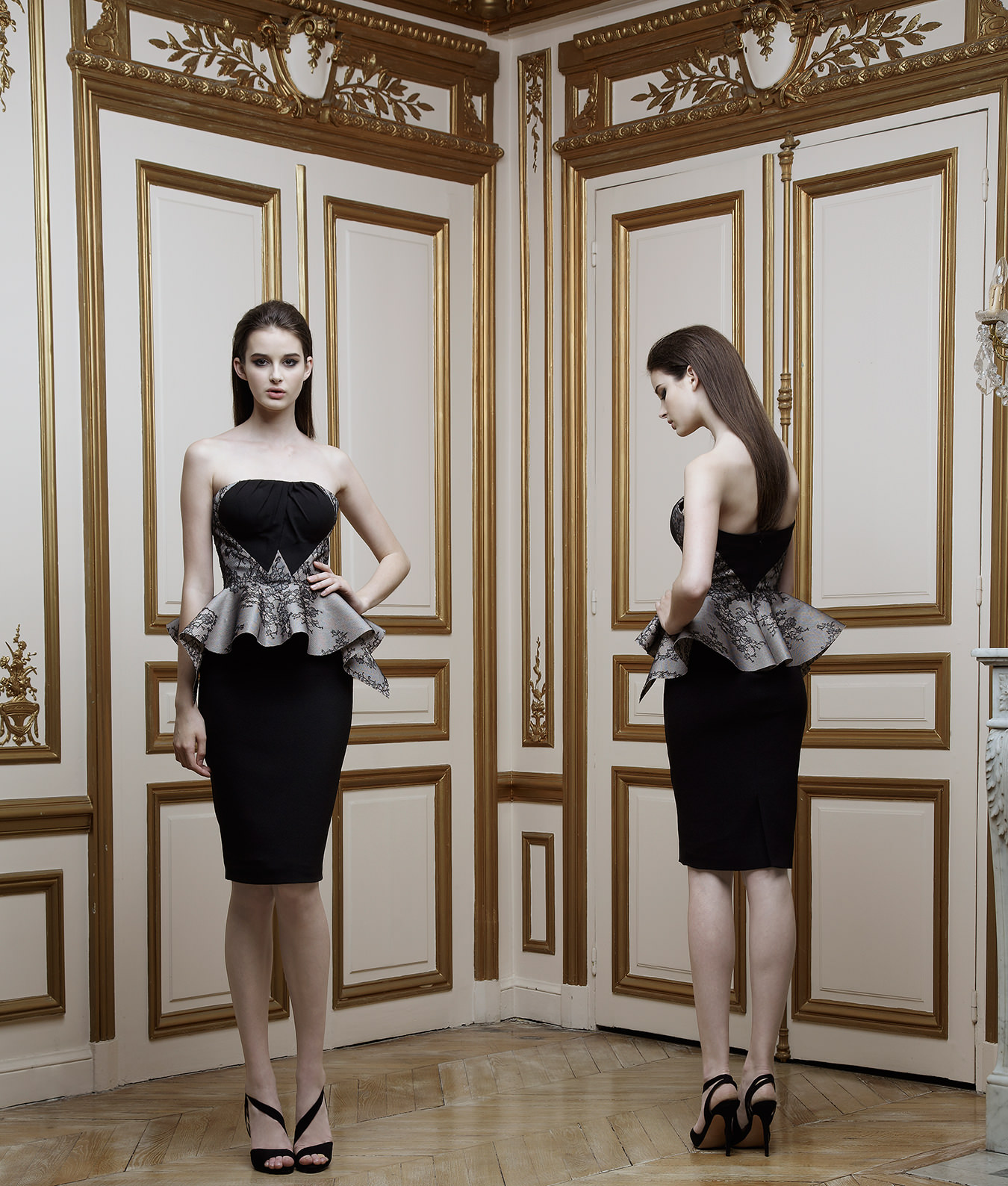
Mikael D resort 2014 collection.
-
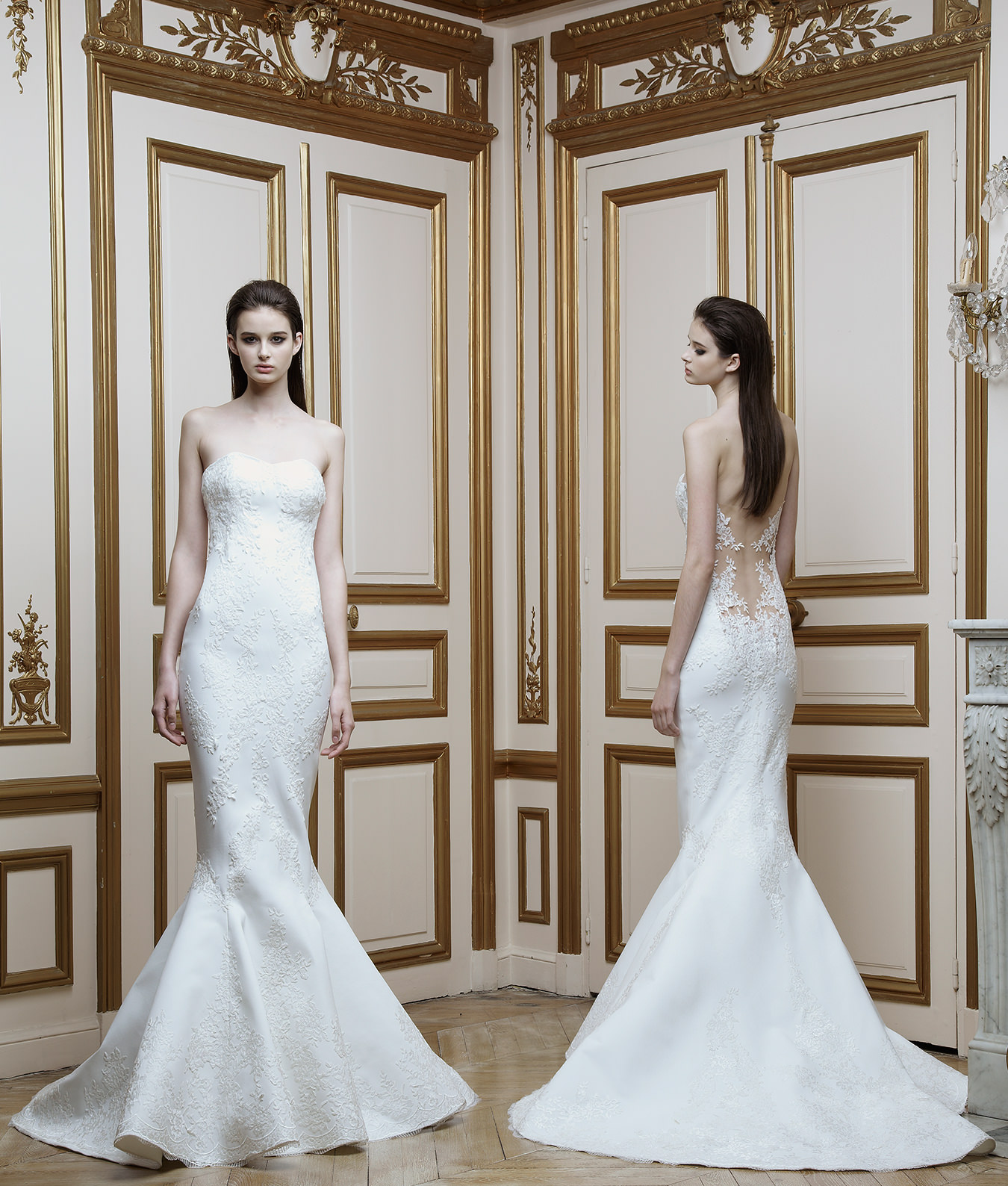
Mikael D resort 2014 collection.
-
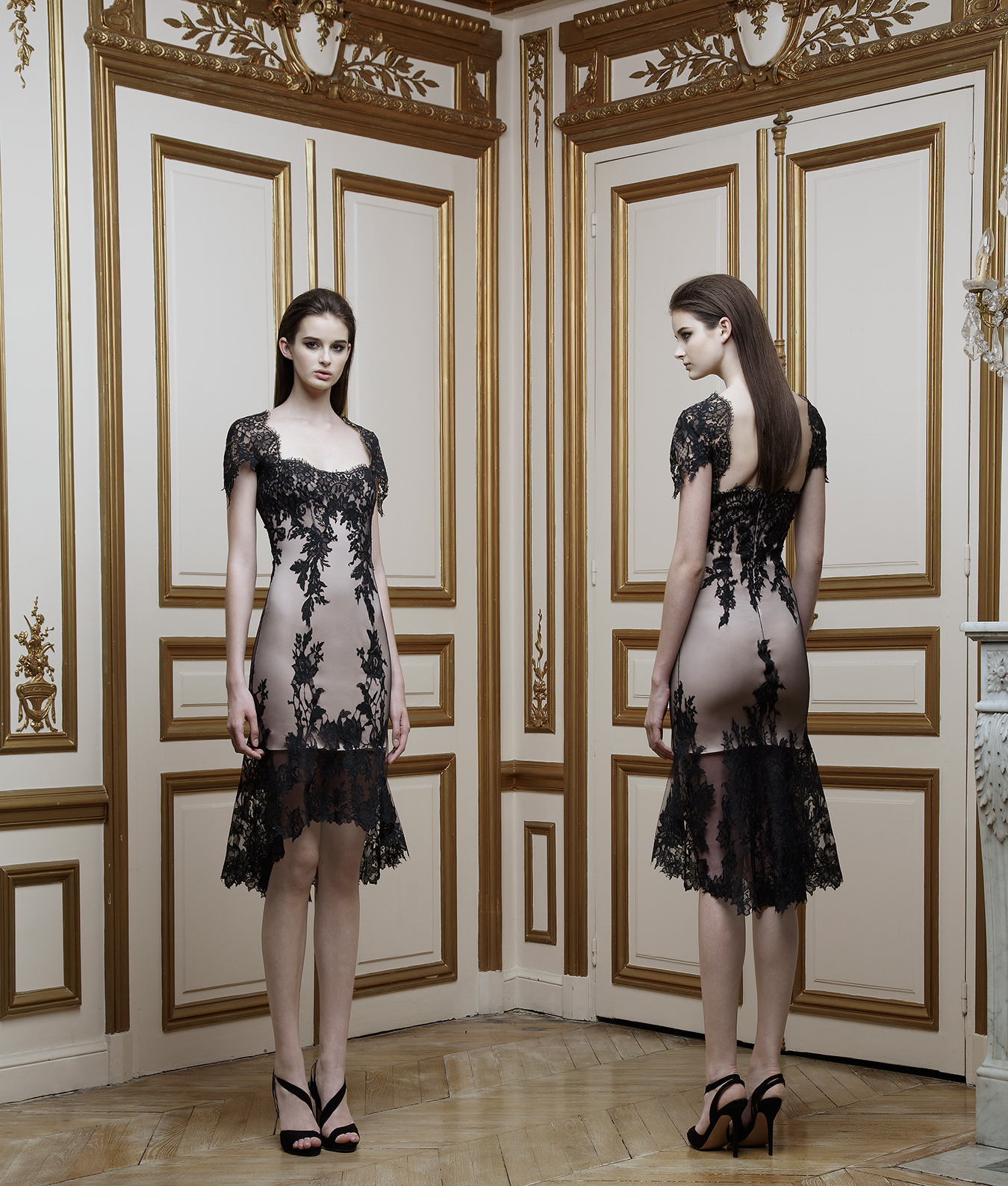
Mikael D resort 2014 collection.
Mikael D
One man show.
In the world of fashion, the path to success is a fickle one. When Mikael Derderian—creative director of eponymous label Mikael D—asserts that his career did not follow a “normal trajectory,” it’s a bit of an understatement.
Seated in the corner of a Paris tea room, Derderian is dark and debonair with a baby pompadour framing his intense eyes and boyish cheeks. His grey golf tee and khaki pants seem more in tune with a preppy college kid than créateur de mode. But where your average Canadian designer might only dream of dressing stars like Mariah Carey and Halle Berry, let alone selling to major department stores such as Neiman Marcus in the United States and Holt Renfrew in Canada, this Montrealer has done exactly that.
Derderian’s style is full-on fairy-tale apparel, that is, dreamy lace and tulle dresses spot-on for weddings and red carpet rollouts. Yet despite stylists scooping up the label’s frocks, and the growing number of international stockists, Mikael D remains largely off the public’s radar. If the name doesn’t ring any proverbial bells, perhaps its predecessor does. The line was first branded as Pavoni (“peacock” in Italian), but dissolved after Derderian and his business partner Gianni Falcone quietly parted ways last year, leaving Derderian at the reigns. The resort 2014 collection marks the debut of Pavoni’s complete rebranding as Mikael D, Derderian’s own private label.
Derderian was born in Lebanon at the onset of civil war in 1977. His father owned a clothing manufacturing company and his mother was a seamstress. He recalls the conversations she used to have with clients: “I would hear the whole process, the interaction, the suggestions. Why short, why long, why this lace, why not this lace. I had an idea of what a stretch fabric does and how a jersey reacts, and what the difference is between chiffon and crepe. This was already in my mind at a very young age.”
When the subject of motherly pride arises, Derderian recounts his first runway presentation in 2012 at World MasterCard Fashion Week in Toronto, for which he flew his mother in from Lebanon to attend. “I never had a bond with my mother. I was very independent and we lived apart for many years. But I know that I gained my love and aesthetic of fashion from her side of the family. With whatever means they had, they always looked their best and they always looked phenomenal. Kind of particular given the circumstances they were under, given the war.”
By the time Derderian was eight, his family immigrated to Canada, landing in Laval, Quebec. At 14, sartorially savvy and looking to make some cash, Derderian lied about his age in order to work in men’s retail at Carrefour Laval, the local shopping mall. When it was discovered how old he really was it didn’t matter, as evidently, money talked. In fact, when his manager moved to a different store, he took Derderian with him and gave him a raise.
Between the ages of 18 and 24, Derderian nabbed a choice gig as an international flight attendant. Between travels he created outlandish party clothes for his friends and studied fashion design at LaSalle College, at one point juggling class during the week and stewarding on Saturdays and Sundays. Upon graduation, Derderian said goodbye to the friendly skies and began his career in the fashion industry with a sales stint at Quebec company Motto Jeans.
Paris, however, would eventually come calling. Moving back to Lebanon (where his parents had already returned when he was 17) seemed like the next logical step. At age 28, with valuable technical skills in his pocket, he secured a job as a studio director for Zuhair Murad, a Beirut-based designer now famous for dressing the likes of Jennifer Lopez, Blake Lively, and Kristen Stewart. Murad’s sultry gowns would clearly be an influence on the young designer, and Derderian remained with him for two years, helping the company grow from 30 to 67 boutiques. When a new general manager arrived who didn’t see eye-to-eye with Derderian, he was finally ready to go his own way.
It was then that Derderian reconnected with childhood friend, Falcone, who was living in Los Angeles. Falcone became his business partner and together they created Pavoni. Derderian created seven Pavoni dresses with the intention of showing to buyers in Paris. His proudest milestone to date was presenting this small collection and selling every look. “That was really the first time ever that I was naked to the world. It was going to be the moment I either knew I could gain the confidence to continue or that I couldn’t do it. Until that point I really had no idea how far this could go,” he says. A major boon was his ability to make ready-to-wear gowns that look haute couture. The designer describes his clothes as “high tech to high chic”—his signature tattoo lace is an effect produced by cutting lace and sewing it onto nude-coloured mesh, using machine embroidery and laser bonding.
With only four main collections out of the gate (the first Pavoni collection was resort 2012), Derderian is set to relaunch as Mikael D. He has secured a prominent showroom in L.A. and runway shows are in the works for Paris; his dream to one day present an haute couture collection doesn’t seem far-fetched.
But back to the present. “It’s just me. I’m still a one man show,” he says, a testament to his tenacity, if not his passion. In fact, if you send an e-mail to Mikael D, it’s Derderian who writes back. Who ever said you need two to tango?




